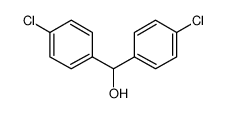
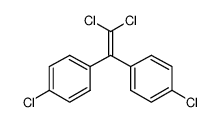
-
DDE
CAS No.72-55-9
Formula:C14H8Cl4
4,4'-DDE is a metabolite of DDT, a synthetic organochlorine insecticide that functions by opening sodium ion channels in the insects’ neurons, causing them to fire spontaneously which in turn leads to death. 4,4'-DDE has shown to have endocrine disrupting effects on gonadotropin hormones in pituitary gonadotrope cells.
Formula
C14H8Cl4
Molecular Weight
318.025
Exact Mass
315.938
LogP
6.1879
PSA
0
Synonyms
Benzene, 1,1‘-(dichloroethenylidene)bis[4-chloro-
2,2-Bis(4-chlorophenyl)-1,1-dichloroethylene
expand collapse
Appearance & Physical State
white crystalline powder
Melting Point
87-90ºC
Flash Point
11ºC
Stability
Stable, but light-sensitive. Incompatible with strong bases, strong oxidizing agents.
Storage Condition
APPROX 4ºC
Related Compound Information
- 4'-Trifluoromethyl-biphenyl-4-carbaldehyde
- 4-[(2,4-dichlorophenyl)methoxy]benzaldehyde
- 3-[(2,4-DICHLOROBENZYL)OXY]BENZALDEHYDE
- 4-Benzhydryl-3-thiosemicarbazide
- 2-Chloro-N-(4-phenoxyphenyl)acetamide
- (4-chlorophenyl)-(3-fluoro-4-methoxyphenyl)methanone
- N-(4-Fluorophenyl)-2-(4-hydroxyphenyl)acetamide
- 4-[(3,4-dichlorophenyl)methoxy]benzaldehyde
- 1-[2-Chloro-4-(4-chlorophenoxy)phenyl]ethan-1-one
- tolfenamic acid
Copyright © 2015 MOLBASE All Rights Reserved.
ICP Shanghai 14014220






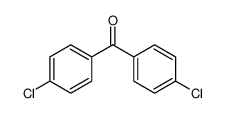
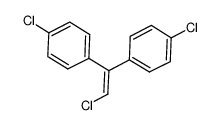


![3563-45-9 spectrum, 1-chloro-4-[1,2,2,2-tetrachloro-1-(4-chlorophenyl)ethyl]benzene](http://saasimg.molbase.net/mol_command/e2981eed72ba4762b0f41899c1b61cce.png)
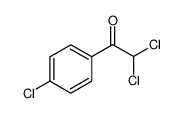
![1545-65-9 spectrum, 1-chloro-4-[2,2,2-trichloro-1-(4-chlorophenyl)-1-fluoroethyl]benzene](http://saasimg.molbase.net/mol_command/86a066a527394072b55cb09a3617e9ca.png)
